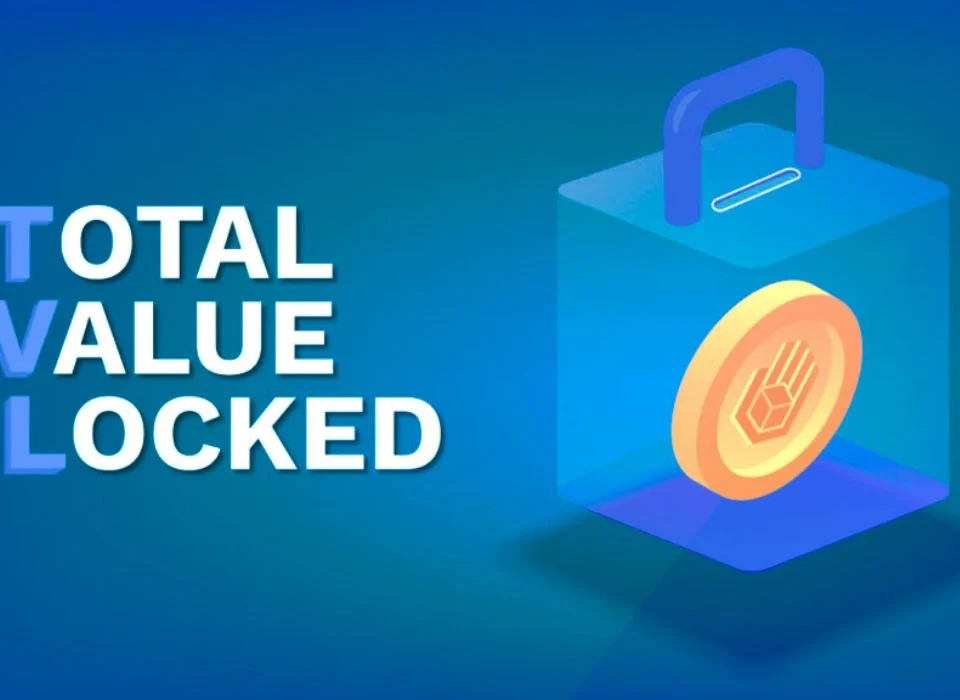
Cryptocurrency Mining: How It Works and Its Impacts
16/05/2024
The Legal Landscape of Cryptocurrency: Regulations and Compliance
16/05/2024How to Use Cryptocurrency Exchanges: A Comprehensive Guide
Cryptocurrency exchanges are the lifeblood of the digital asset ecosystem, enabling users to buy, sell, and trade cryptocurrencies. For newcomers, navigating these platforms can be daunting. This guide will walk you through the essentials of using cryptocurrency exchanges, ensuring you can trade confidently and securely.
Understanding Cryptocurrency Exchanges
Cryptocurrency exchanges are platforms that facilitate the trading of cryptocurrencies for other assets, such as traditional fiat money or different digital currencies. These exchanges can be centralized or decentralized. Centralized exchanges (CEXs) are managed by a central authority, offering user-friendly interfaces and high liquidity. In contrast, decentralized exchanges (DEXs) operate without a central authority, providing users with greater control over their funds and enhanced privacy.
Choosing the Right Exchange
Selecting the right cryptocurrency exchange is crucial. Here are some factors to consider:
- Security: Ensure the exchange has robust security measures, including two-factor authentication (2FA), cold storage for funds, and encryption protocols.
- Reputation: Research the exchange’s reputation through reviews and user feedback. Established exchanges with positive track records are generally more reliable.
- Fees: Compare the fee structures of various exchanges. Look for transparent fee policies, including trading fees, withdrawal fees, and deposit fees.
- Supported Currencies: Check if the exchange supports the cryptocurrencies you wish to trade.
- User Interface: A user-friendly interface is essential for efficient trading. Choose an exchange with an intuitive design and easy navigation.
Setting Up Your Account
Once you’ve chosen an exchange, follow these steps to set up your account:
- Registration: Sign up by providing your email address and creating a strong password. Use a unique password that combines letters, numbers, and special characters.
- Verification: Most exchanges require identity verification. Submit the necessary documents, such as a government-issued ID and proof of address. This process helps comply with anti-money laundering (AML) and know your customer (KYC) regulations.
- Security Measures: Enable two-factor authentication (2FA) to add an extra layer of security to your account. Consider using a hardware wallet for storing large amounts of cryptocurrency.
Depositing Funds
To start trading, you need to deposit funds into your exchange account. This can be done in two ways:
- Fiat Deposits: If the exchange supports fiat currencies, link your bank account or credit card to deposit money. Be aware of any deposit fees and processing times.
- Cryptocurrency Deposits: If you already own cryptocurrency, you can transfer it to your exchange wallet. Locate your exchange wallet address and send your funds from your personal wallet. Ensure you send the correct cryptocurrency to the corresponding wallet address.
Trading on Cryptocurrency Exchanges
With funds in your account, you can start trading:
- Market Orders: A market order allows you to buy or sell cryptocurrency at the current market price. This type of order is executed immediately but may not always guarantee the best price due to market fluctuations.
- Limit Orders: A limit order lets you set a specific price at which you want to buy or sell. The order is executed only when the market reaches your specified price. This type of order provides more control over the trade but may take longer to execute.
- Stop-Loss Orders: A stop-loss order automatically sells your cryptocurrency when the price drops to a certain level. This helps minimize losses in a volatile market.
Withdrawing Funds
After trading, you might want to withdraw your funds. Here’s how:
- Fiat Withdrawals: If the exchange supports fiat withdrawals, you can transfer money to your linked bank account. Check for any withdrawal fees and processing times.
- Cryptocurrency Withdrawals: To withdraw cryptocurrency, transfer it to your personal wallet. Enter your wallet address carefully and double-check it before confirming the transaction to avoid loss of funds.
Staying Safe on Cryptocurrency Exchanges
Security is paramount when using cryptocurrency exchanges. Here are some tips to stay safe:
- Use Strong Passwords: Create complex passwords and change them regularly.
- Enable 2FA: Two-factor authentication adds an extra layer of security.
- Beware of Phishing Scams: Always verify the URL of the exchange and avoid clicking on suspicious links.
- Monitor Your Account: Regularly check your account for unauthorized transactions.
- Store Funds in a Secure Wallet: Use a hardware wallet or a reputable software wallet for long-term storage of your cryptocurrencies.
Conclusion
Cryptocurrency exchanges are essential tools for trading digital assets. By choosing the right exchange, setting up your account securely, and understanding the trading process, you can navigate the world of cryptocurrency with confidence. Always prioritize security and stay informed about the latest developments in the cryptocurrency space to ensure a safe and successful trading experience.
Links:



